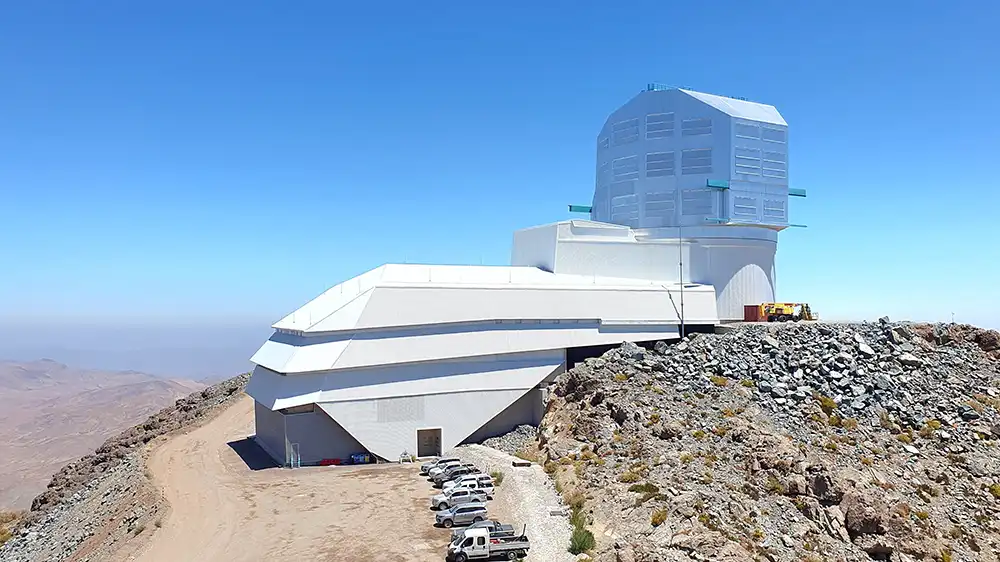The Vera C. Rubin Observatory has released its first public images, showcasing its advanced capabilities ahead of its official mission: producing a ten-year time-lapse video of the night sky. This extensive survey will allow astronomers to observe cosmic events in real time and study changes across the universe.
Yusra AlSayyad, a Princeton University researcher leading the observatory’s image processing efforts, emphasized that astronomy has largely relied on snapshots. The new observatory is designed to capture the dynamic nature of the sky, including passing asteroids and exploding supernovae.
Located atop a mountain in Chile and nearly three decades in the making, the observatory was funded by national science institutions. It features a specially designed large telescope equipped with the world’s largest digital camera, roughly the size of a car. An automated system controls the telescope, allowing it to capture images of the southern sky every few days.
Over the course of its main operation, the facility is expected to gather data on approximately 40 billion stars, galaxies, and celestial objects. Each target will be observed hundreds of times, generating about 60 petabytes of raw data—an unprecedented amount in the history of astronomy.
Within just 10 hours of test observations, the observatory discovered 2,104 previously undetected asteroids, including seven near-Earth objects, none of which pose any risk.
Using continuous image comparisons, the observatory’s systems can detect even the most subtle changes in the sky. Approximately 10 million changes are expected to be identified each night, triggering alerts to research teams who will focus on the most significant findings.
This innovative approach could lead to the detection of transient phenomena, such as star explosions, interstellar objects, and even a potential unknown planet beyond Pluto. Scientists anticipate that the observatory will transform how astronomy is conducted—shifting from focused observations to large-scale data mining on an unprecedented scale.



